Fall Restraint vs. Fall Arrest: What's the Difference?
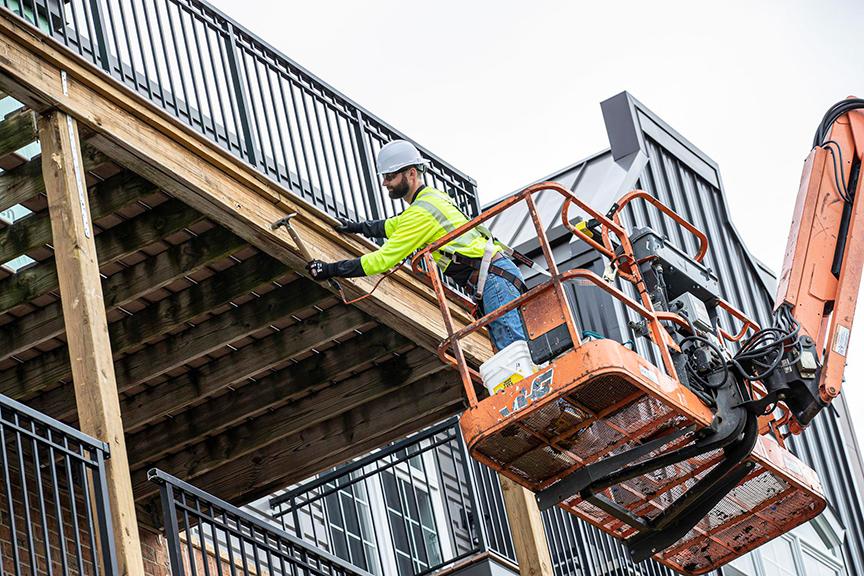
'Fall restraint' or 'fall arrest'...what’s the diff? Great question. Let’s dive (sorry, poor word choice) into these two fall protection staples and highlight the critical differences.
THE HIERARCHY OF FALL PROTECTION AS EXPLAINED THROUGH A PRETTY BAD ANALOGY
Before you flirt with heights, know your options. From avoiding the problem entirely to having a backup plan when things go south, the hierarchy of fall protection is a lot like dating. At least according to this ham-fisted analogy, it is. (Just go with it.)
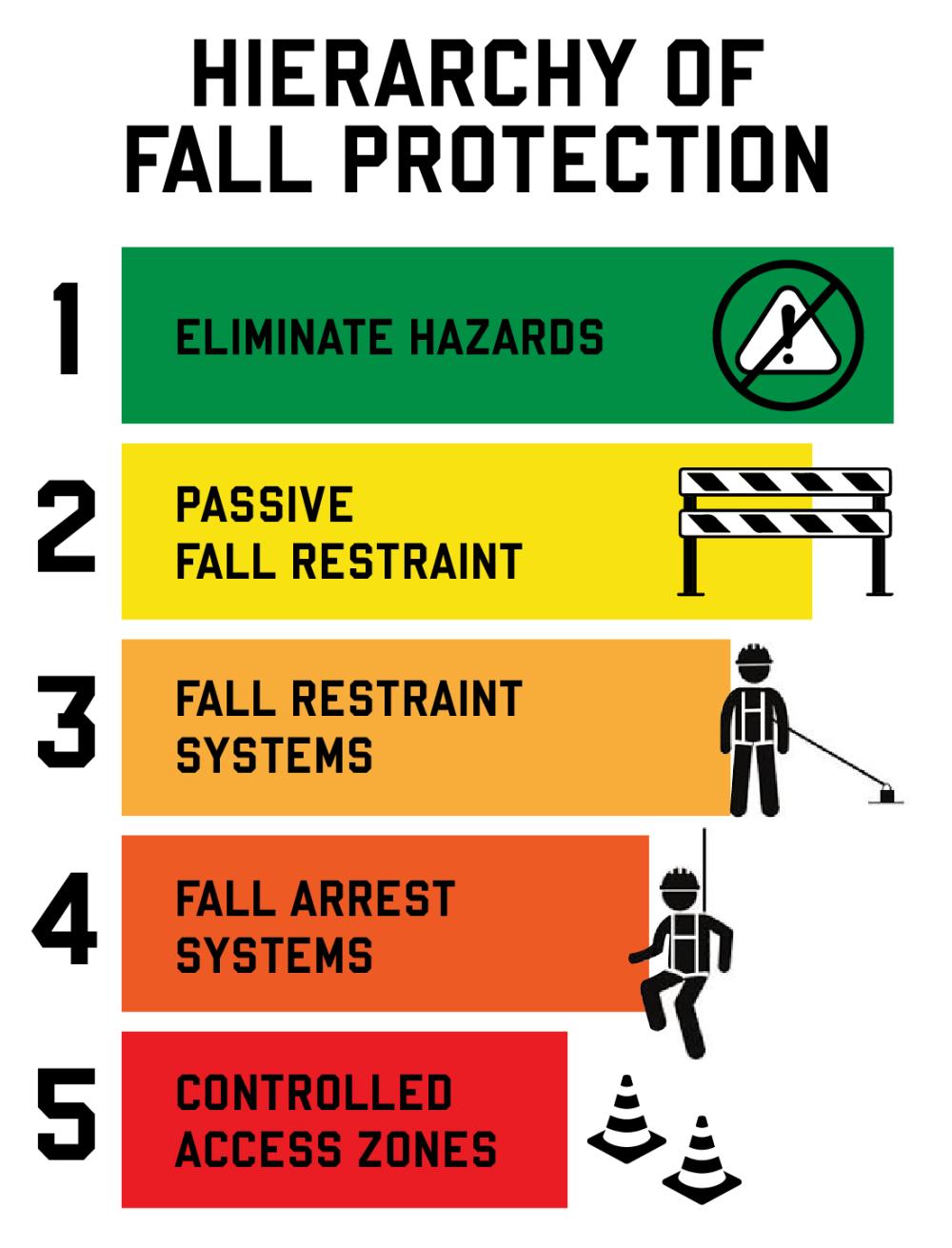
- Elimination - Swipe left. Avoid the hazard all together. Change the task or process so it completely removes the need for employees to work in situations where they could fall.
- Passive Fall Restraint - Barriers, guard rails and safety nets. Kinda like having your best bud ready to call with a fake emergency when that blind date you were forced on inevitably goes south. No active participation needed, but always on standby for that save-the-day moment.
- Fall Restraint Systems - Here, you're tethered to something solid. You can get close to the edge, but not over the edge. It’s the equivalent of the "let’s just keep things casual" talk. It doesn’t stop you from moving, but it keeps you from going too far.
- Fall Arrest Systems - If you fall, this system catches you before you hit rock bottom (A.K.A. the ground), much like the friend that brings you your favorite bottle (or 3) of wine and some take-out after a break-up. Sure, you may be a bit shook and dinged up for a little while, but thanks to them, at least you know you'll live to see another day.
- Controlled Access Zone (CAZ) - A CAZ is restricted to those who have received specific training and have a legitimate reason to be in the zone. It's like the ultimate wingman who screens your texts, blocks clumsy pick-up attempts at the bar and vets your Tinder requests to keep unqualified personnel out.
FALL RESTRAINT VS FALL ARREST COMPARISON
OK, let's cut to the chase here...
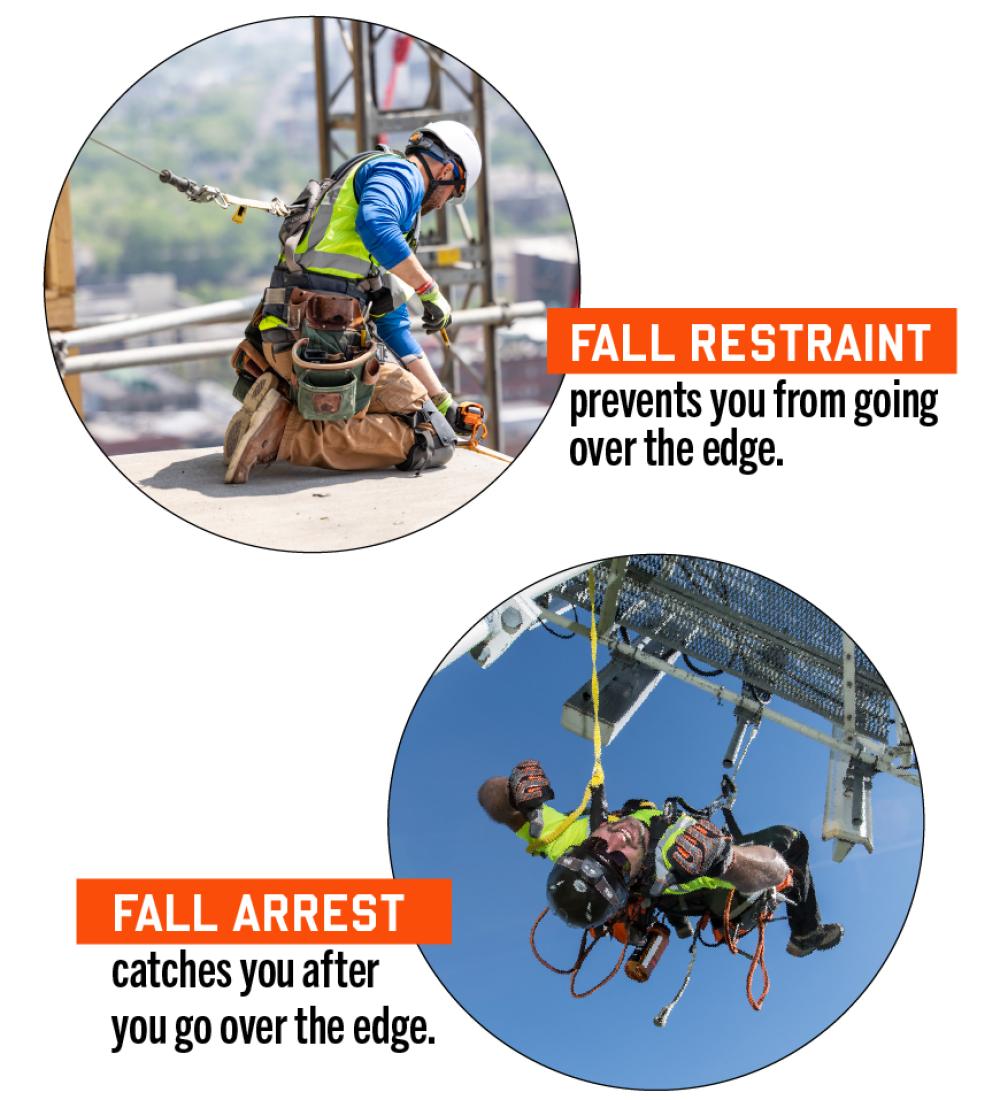
Any confusion between the two really comes down to prevention vs. protection.
A fall restraint system is designed to prevent a person from reaching the edge or a hazardous area where a fall could occur.
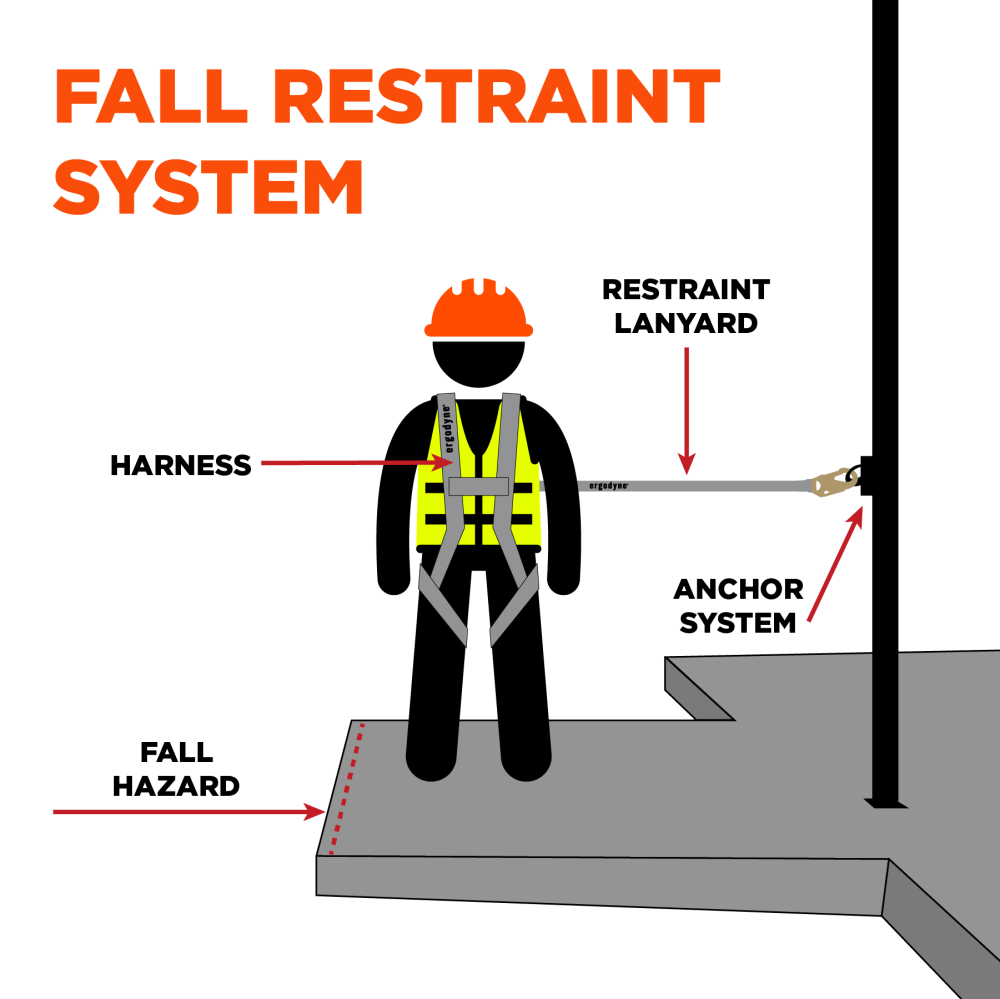
Basically, it’s a leash for humans, keeping you away from the abyss when working on mobile elevating work platforms (MEWPs) like boom and scissor lifts or strutting around on rooftops or platforms.
Here's what you'll find in a typical fall restraint system:
- Anchor Point: This is where your restraint system starts. If working on a MEWP, the work platform should have a safety eye for proper anchorage.
- Full-Body Harness: Worn to give you a connection point on the body.
- Lanyard: Fixed or adjustable length, non-elastic lanyard that connects your harness to the anchor point, giving you enough freedom to work comfortably while ensuring you can't wander too close to the edge.

On the other hand, a fall arrest system is there to protect you from falling all the way into the abyss.
Here's what you'll find in a typical fall arrest system:
- Anchor Point: The secure attachment point usually overhead or above your head that connects you to the system.
- Full-Body Harness: Distributes the force of impact across your body if a fall happens, minimizing injury.
- Shock Absorbing Lanyard or Lifeline: This is the link between your harness and the anchor point. It's designed to stretch and absorb the shock of your fall, reducing the force on your body.
- Connectors: These are the fancy hooks, snaps, or carabiners that fasten your harness to the lanyard or lifeline and ultimately to the anchor point. They ensure everything stays securely in place.
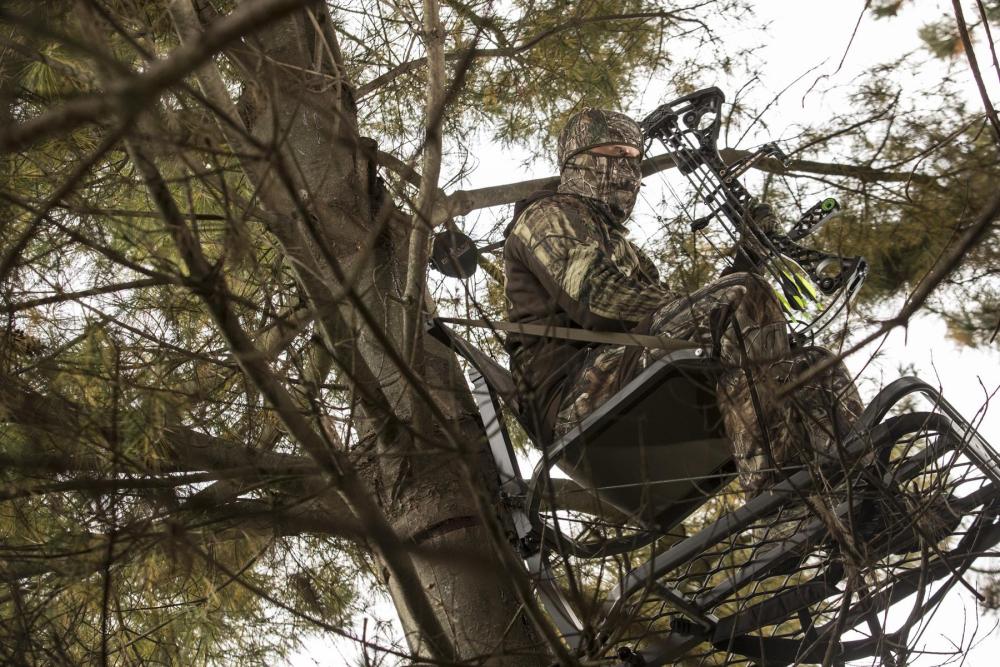
THE MORE YOU KNOW: FURTHER FALL PROTECTION READING AND RESEARCH
What does OSHA say about fall protection? Find out here >>>
FAQ
A fall restraint system is designed to prevent a person from reaching the edge or a hazardous area where a fall could occur. Think of it as a leash for humans, keeping you away from the dangerous abyss when working on mobile elevating work platforms (MEWPs) like boom and scissor lifts or strutting around on rooftops or platforms.
If you fall, a fall arrest system catches you before you hit rock bottom (A.K.A. the ground). You may be a bit shook and dinged up for a little while, but a fall arrest system keeps you from kissing the pavement.
A fall arrest kit is designed to stop a fall in progress, whereas a fall restraint kit prevents a worker from reaching a fall hazard.
Fall restraint systems typically require 3 pieces of equipment:
- Anchor Point: This is where your restraint system starts. If working on a MEWP (mobile elevating work platform), the work platform should have a safety eye for proper anchorage.
- Full-Body Harness: Worn to give you a connection point on the body.
- Lanyard: Static length, non-elastic lanyard that connects your harness to the anchor point, giving you enough freedom to work comfortably while ensuring you can't wander too close to the edge.
Fall arrest systems typically require 4 pieces of equipment:
- Anchor Point: The secure attachment point usually overhead or above your head that connects you to the system.
- Full-Body Harness: Distributes the force of impact across your body if a fall happens, minimizing injury.
- Shock Absorbing Lanyard or Lifeline: This is the link between your harness and the anchor point. It's designed to stretch and absorb the shock of your fall, reducing the force on your body.
Fall restraint kits are preferable when it's possible to keep workers away from fall hazards altogether.
Construction, roofing, and maintenance industries frequently use fall arrest kits due to their nature of working at heights.
OSHA states that employees who work near an unprotected edge with a 6 feet (1.8 meters) drop to the next lower level must be protected from falling via "guardrail systems, safety net systems, or personal fall arrest systems."
Fall restraint kits fit within these precautionary safety measures/systems.

